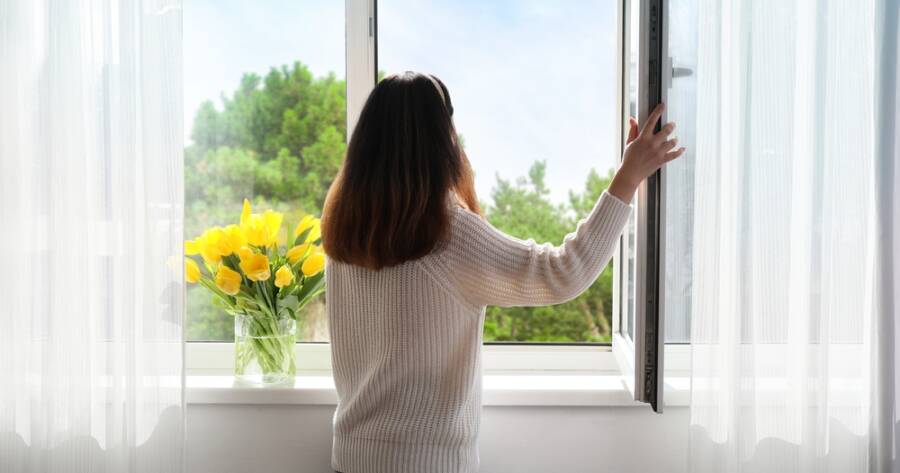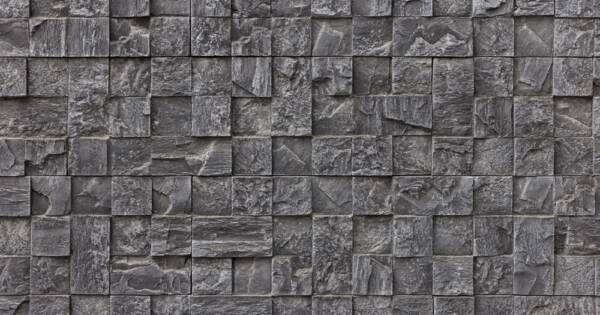Replacing windows is a vital aspect of home improvement, whether you’re upgrading for energy efficiency or enhancing the aesthetic appeal of your space. However, finding the perfect replacement windows can be challenging, requiring thorough research and an understanding of the different options available. The right choice can boost comfort, savings, and curb appeal all at once.
Types of Replacement Windows to Consider
There are many styles of replacement windows available to suit both function and design preferences. Double-hung windows are a popular option because they open from both the top and bottom for improved airflow. Sliding windows glide horizontally and are ideal for wide spaces, while casement and awning windows hinge open for excellent ventilation.
Picture windows provide expansive views and natural light but don’t open, making them great for living rooms. Architectural shapes add a custom touch, while garden windows are perfect for growing herbs indoors. Bay and bow windows extend outward and offer added seating or storage. For smaller or unique spaces, basement hopper and single-hung windows are great space-saving solutions. There’s a window style for every room and need.
Why Replacing Your Windows Is a Smart Investment
Window replacement offers more than aesthetic upgrades—it delivers tangible benefits that can enhance your quality of life. New windows help improve energy efficiency by eliminating drafts, reducing air leaks, and lowering heating and cooling costs. Energy-efficient windows with features like low-emissivity (low-e) coatings and gas-filled panes can make your home more comfortable year-round.
Replacing old, inefficient windows can also increase your home’s value and curb appeal. Noise reduction is another benefit, especially if you live in a busy area. Additionally, modern windows with advanced locking systems improve home security. Look for ENERGY STAR® labels and National Fenestration Rating Council (NFRC) ratings to compare thermal performance and energy savings across models. With the right installation, your new windows will pay off in the long run.
What Window Replacement Will Cost You in 2025
The cost of window replacement varies significantly based on style, materials, and installation requirements. On average, homeowners can expect to pay between $300 and $2,500 per window, with whole-home projects ranging from $6,000 to $50,000. Double-hung and single-hung windows are more budget-friendly, typically between $100 and $650, while bay windows and custom shapes can climb past $7,000.
The frame material also influences pricing. Vinyl is the most affordable and low-maintenance, ranging from $100 to $900. Wood offers a classic look for $150 to $1,300, but it requires more upkeep. Aluminum is budget-conscious but less efficient, at $75 to $400. Fiberglass is the most durable and energy-efficient, ranging from $500 to $1,500. Consider long-term value, not just upfront costs.
How to Choose the Best Replacement Windows for Your Home
Choosing the right replacement windows involves balancing your budget, style preferences, and energy-efficiency goals. Start by identifying the most important features for your climate. In colder regions, look for gas-filled windows with low U-factors and low-e coatings to prevent heat loss. In warmer areas, choose windows with low solar heat gain coefficients (SHGC) to reduce cooling needs.
Always check for the ENERGY STAR® label and NFRC ratings, which offer reliable data on thermal performance. Consider how much maintenance you’re willing to perform—vinyl and fiberglass are low-maintenance, while wood may require regular care. Finally, work with a trusted installer to ensure proper fit and sealing. A high-quality window installed poorly won’t deliver the efficiency and comfort you’re investing in.
Upgrade with Confidence and Clarity
Window replacement can feel like a big project, but with the right information, it becomes a smart and rewarding investment. From improving your home’s energy efficiency to enhancing its style and comfort, new windows offer lasting benefits. By understanding your options and working with reputable installers, you’ll be well on your way to a better, brighter living space.




